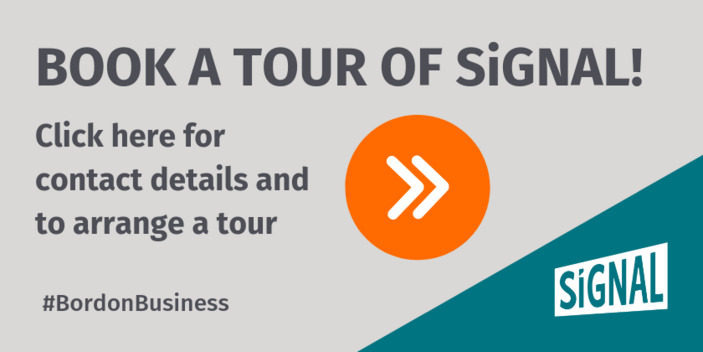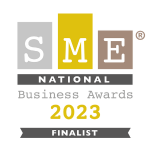SALES & MARKETING
Our tried and tested website tips for briefing your design team!

Have you noticed a few changes to the SiGNAL website? Yes, we have a new website beautifully designed by Ollie at fdk Design Consultants in Guildford and built by Minted Box. It represents a bit of a journey for SiGNAL, taking us from a brand new start up business to a, slightly, more mature version of our former selves!
Over the years I've commissioned several websites for the business that now forms Your Business Hubs and SiGNAL. I've made a few mistakes along the way, not least because as a business evolves our digital assets like websites need to evolve too. A key part of our brief to fdk this time around was that we needed to future proof the website, so that any changes in the business (within reason) could be quickly updated to the website.
I think this is an issue for most small businesses and start ups. By nature we need to be agile and responsive to market changes and opportunities, but websites are often very static and don't always give us the flexibility to ensure they're always up-to-date.
Here are my tips, from hard earned experience, for briefing your web design and development team…
Tips for writing a web design brief
1. Invite the web design team to visit your business
As well as giving the web design team lots of information about your small business, if possible, get them to visit you in person. This can help them explore your products or services first hand and understand how you work, the structure of the company and the personality of the business.
2. Explain what you want your website to do
It's really important to have clear objectives for your website. If you can't explain what your website does, the design team will find it very difficult to create something that converts prospects into leads or customers, and visitors won't have a clue what's expected of them when they visit your site. With our new SiGNAL website our focus is on driving engagement. Whether that's someone booking a space, coming to a free networking event or downloading an online resource: we want people to engage with us rather than leave empty handed!
3. Map customer journeys
Taking this a step further think about what happens when a prospect visits your website. Where do they land i.e. are they being driven from your social media to a service or product page? Or will they be landing on your homepage having been given your business card or picking up a flyer? Whatever page they land on, and whatever stage of the customer journey they're at, you need to map what happens next so your designers can align the functionality and design of the site with each journey.
4. What content needs to be on your site?
I think that one of the reasons our new website works effectively, is that we had a clear idea of all the content that had to be included. Unlike our first site which evolved more organically, we were able to break down content into key areas from the start. For example:
· Specific information about services / products
· Lead generation content
· Calls to Action (CTAs)
· Photos and video
· Testimonials
· Blog content
· About us
· Customer service content (including FAQs, support etc.)
As I know from experience this is not so easy to do when it's your first website. So have a look at other businesses' websites for inspiration.
5. Can your website grow with your business?
A new website is not an insignificant investment for a small business so you won't want to be redesigning it on a regular basis. Make sure that changes can be made either by you or an employee, or inexpensively by your design team.
Because SiGNAL has grown in unexpected ways (such as the Workshop space which was a 3 month process from conception to launch) we know that there's a high chance that we'll need to make changes to the website within the next few months. Fdk have designed a website that can flex and grow with the business and ensures that any changes can be done in-house. For any start up I think that's the best approach as it's almost impossible to predict what you might need your website to do in the future.
Finally, a bonus tip - compromise and be realistic! We had very grand plans for this website but budgets and technical constraints made those unrealistic. Instead we've found compromises that actually deliver unexpected benefits to the way we operate at SiGNAL and are still aligned with our customer journeys and objectives for the website.
I hope you've found these tips useful and I hope you like the website! Please explore!
If you want to find out more about fdk visit their portfolio here - https://fdkportfolio.myportfolio.com/








